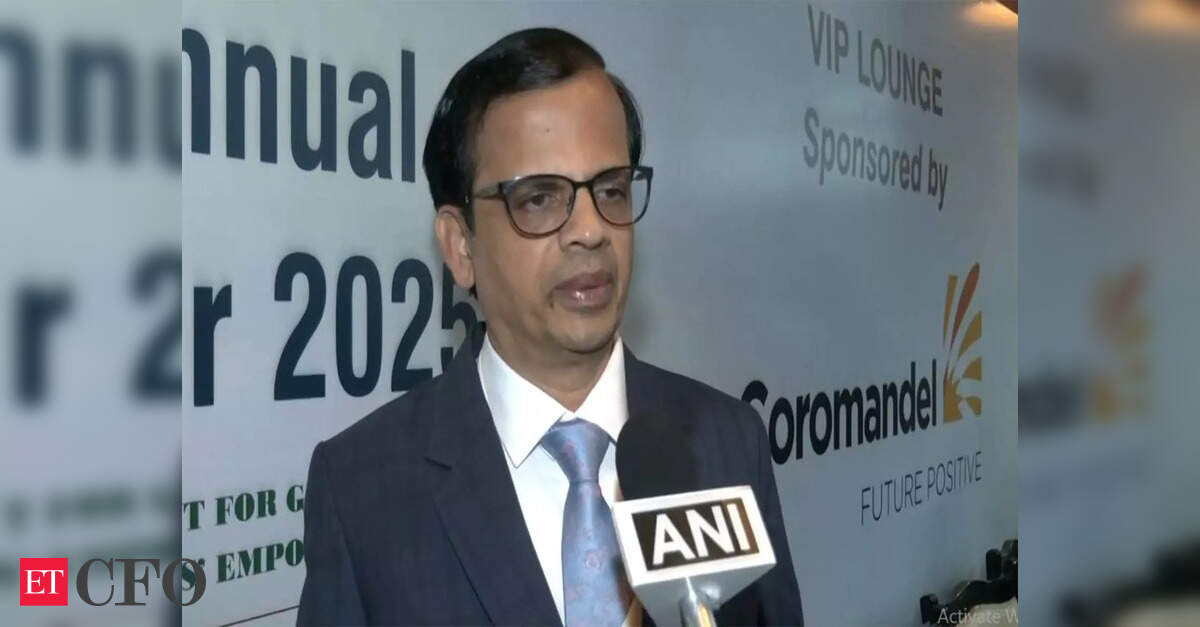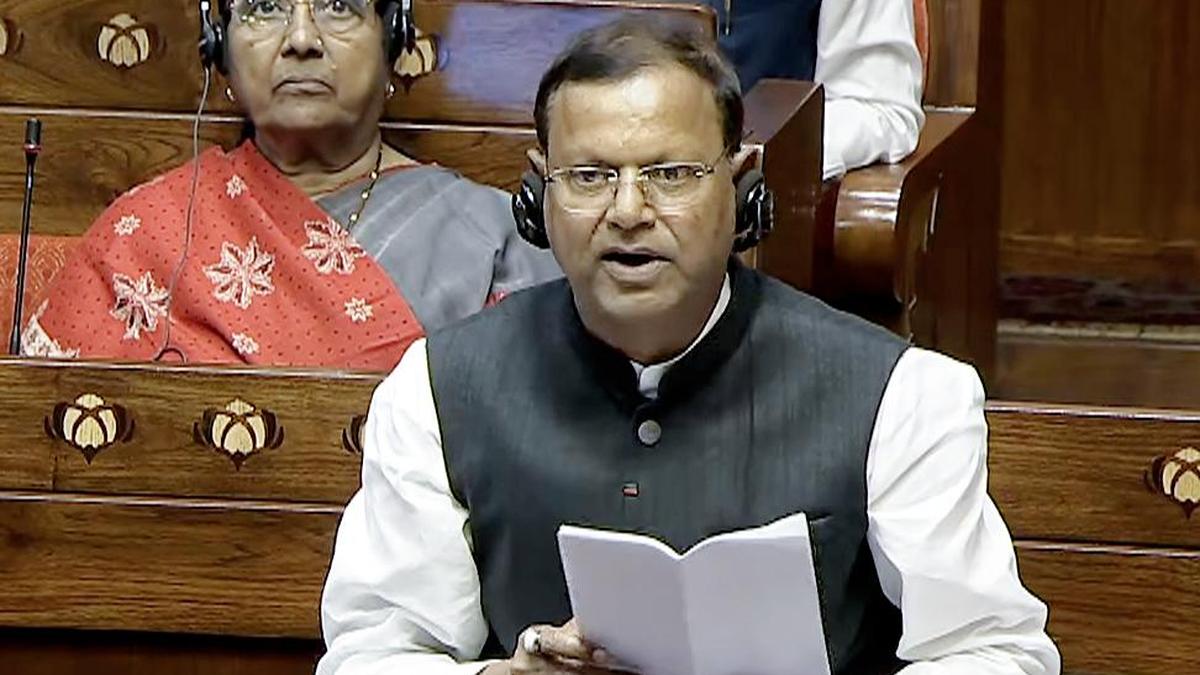On 21 November 2025, the Ministry of Labour & Employment announced the long-awaited implementation of all four Labour Codes — a transformative consolidation of 29 Central labour laws into four simplified, modern, and comprehensive Codes:
- Code on Wages, 2019
- Industrial Relations Code, 2020
- Code on Social Security, 2020
- Occupational Safety, Health and Working Conditions (OSHWC) Code, 2020
This landmark move modernises India’s labour framework, improves worker protection, simplifies compliance for industries, and aligns India with global labour standards — a major reform supporting Aatmanirbhar Bharat.
Click here to read detailed Press Release
Why Labour Reforms Were Needed
Most existing labour laws were drafted between 1930 and 1950, when the nature of work, employer–employee relationships, and industry structures were vastly different. Over the years, global economies have consolidated and upgraded their labour laws, but India continued to function under fragmented, outdated, and complex regulations.
Challenges under the old regime included:
- Multiple registrations and returns
- Unequal wage protection
- Limited coverage of PF, ESIC, and social security
- Restrictions on women’s employment
- High compliance burden on MSMEs
- Lack of protection for gig, platform, and fixed-term workers
The new Labour Codes bring a uniform, transparent, and technology-driven labour ecosystem that strengthens both worker welfare and industrial productivity.
Before vs After: Key Transformations Under the Four Labour Codes
The following table summarises the shift from the old system to the new labour regime:
1. Formalisation of Employment
- Earlier: Appointment letters not mandatory
- Now: Mandatory written appointment letters for all workers → transparency, job security, formal recognition
2. Social Security Coverage
- Earlier: Limited coverage; gig/platform workers not recognised
- Now: PF, ESIC, insurance & other benefits available to all workers, including gig & platform workers
3. Minimum Wages
- Earlier: Applied only to scheduled industries; many workers excluded
- Now: Statutory minimum wages for all workers under the Code on Wages
4. Preventive Healthcare
- Earlier: No mandatory annual check-ups
- Now: Free annual health check-up for all workers aged 40+
5. Timely Payment of Wages
- Earlier: No uniform requirement
- Now: Mandatory timelines for wage payment → enhanced financial stability
6. Women in Workforce
- Earlier: Restrictions on night shifts and certain occupations
- Now: Women permitted in all jobs and night shifts with consent & safety measures → equal opportunities
7. ESIC Coverage
- Earlier: Limited to notified areas & certain industries
- Now:Pan-India coverage, including:
- Voluntary for establishments < 10 employees
- Mandatory for even 1 worker in hazardous units
8. Compliance Burden
- Earlier: Many licences, separate registrations, multiple returns
- Now: Single registration, single licence, single return → low compliance burden
Sector-wise Benefits Under the Labour Codes
1. Fixed-Term Employees (FTE)
- FTEs get all benefits equal to permanent workers
- Gratuity eligibility after 1 year (instead of 5 years)
- Equal wages & better protection
- Encourages direct hiring, reduces contract labour exploitation
2. Gig & Platform Workers
For the first time, the Codes legally define:
- Gig workers
- Platform workers
- Aggregators
Key provisions:
- Aggregators to contribute 1–2% of annual turnover (capped at 5% of worker payouts)
- Aadhaar-linked Universal Account Number ensures portability of benefits across states
3. Contract Workers
- Same benefits as permanent workers (social security, health benefits)
- Annual free health check-up
- Gratuity eligibility for FTE workers after 1 year
- Principal employer responsible for worker welfare
4. Women Workers
- Equal pay for equal work mandated
- Women allowed in night shifts, hazardous work, mining & heavy machinery subject to consent & safety
- Parents-in-law included in “family” definition
- Women representation mandatory in grievance committees
5. Youth Workers
- Minimum wage guaranteed
- Written appointment letters mandatory
- Wages payable even during leave
- Floor wage ensures a decent standard of living
6. MSME Workers
- All workers covered under Social Security Code
- Minimum wages guaranteed
- Drinking water, canteens, rest areas, safety facilities
- Standard working hours, double overtime, paid leave
- Timely wages mandatory
7. Beedi & Cigar Workers
- Minimum wages for all
- Working hours: 8–12 hours/day, max 48 hours/week
- Overtime at double wages
- Bonus eligibility after 30 days of work
8. Plantation Workers
- Covered under OSHWC & Social Security Code
- Applies to plantations with >10 workers or >5 hectares
- Mandatory safety training & protective gear
- Full ESIC medical facilities for workers and families
- Education facilities for worker children
9. Audio-Visual & Digital Media Workers
- Includes journalists, dubbing artists, stunt persons
- Mandatory appointment letters
- Timely wages
- Double overtime pay
- Formal recognition and full social security benefits
10. Mine Workers
- Commuting accidents treated as employment-related (subject to conditions)
- National standards for occupational safety
- Free annual health check-ups
- Working hours capped at 8–12 hours/day, 48 hours/week
11. Hazardous Industry Workers
- Free annual health check-ups
- National safety standards for hazardous industries
- Women can work in hazardous roles
- Safety committees mandatory at every site
12. Textile Workers
- Equal wages and welfare for migrant workers
- Claims for pending dues allowed up to 3 years
- Double wages for overtime
13. IT & ITeS Workers
- Salary release mandatory by 7th of every month
- Women allowed night shifts with safeguards
- Quick resolution of harassment & wage disputes
- Mandatory appointment letters
- Equal pay for equal work
14. Dock Workers
- Mandatory appointment letters for all workers
- PF, pension & insurance for contract/temporary workers
- Annual employer-funded health check-ups
- First aid, sanitation & welfare measures
15. Export Sector Workers
- FTE workers eligible for gratuity, PF, and social security
- Annual leave after 180 days
- Mandatory timely wages, double overtime wages
- Women allowed night shifts with consent & safety measures
Additional Reforms Introduced Under the Labour Codes
- National Floor Wage to ensure a uniform minimum living wage
- Gender-neutral opportunities including protection for transgender persons
- Inspector-cum-Facilitator Model promoting guidance over penalties
- Faster dispute resolution via modernised Industrial Tribunals
- Single Licensing & Registration for safety and working conditions
- National OSH Board to set standards across industries
- Mandatory safety committees for establishments with 500+ workers
- Higher factory threshold to reduce compliance for small units
During the transition period, provisions of old laws will continue until new rules, notifications, and schemes under the Codes are fully issued.
Impact on India’s Social Security Landscape
India’s social-security coverage has risen from 19% in 2015 to over 64% in 2025. With the new Labour Codes:
- Social security becomes universal and portable
- Gig, platform, migrant, women, and youth workers gain formal protection
- Compliance becomes easier for businesses
- Employment generation and skilling are expected to rise
Conclusion
The implementation of the four Labour Codes marks the most significant labour reform in independent India. It modernizes the legal framework, balances worker protection with industry efficiency, enhances social security, and prepares India’s workforce for the future.
This transformative step supports a pro-worker, pro-women, pro-youth, and pro-employment ecosystem, accelerating India’s growth towards a resilient and self-reliant economy.
Visit www.cagurujiclasses.com for practical courses











